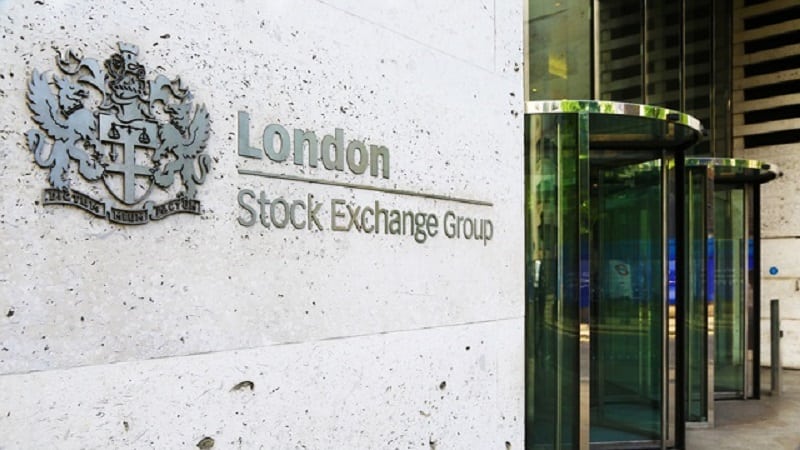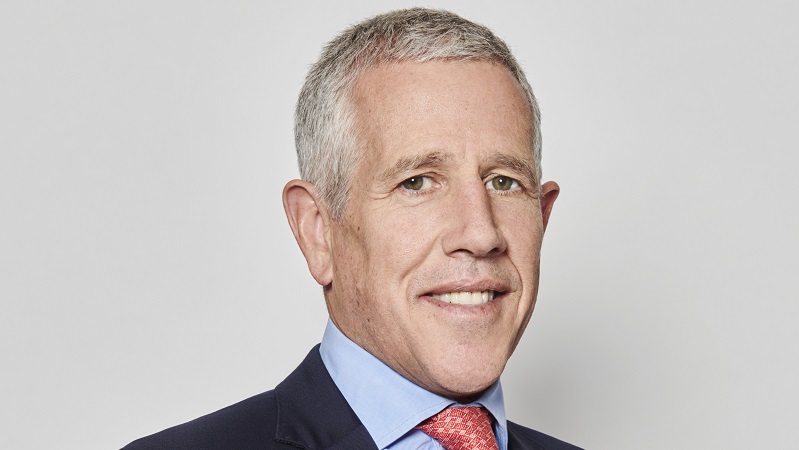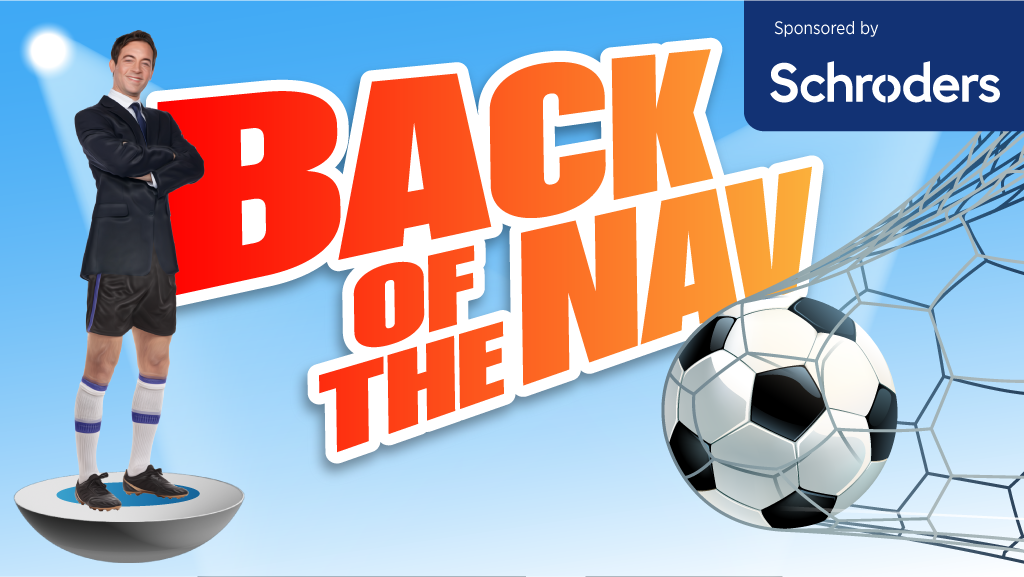An overweight to equities has paid off for high-risk portfolio managers during the course of the year, perhaps explaining why there was a marginal increase in weighting during the fourth quarter.
“Portfolio performance increased as we went through the year, largely driven by an overweight to equities relative to the peer group,” says Andrew Wheeler, head of business development at Kleinwort Benson.
“The slight increase in overall equities allocations was likely a result of performance and people choosing to keep the same level of risk on the table,” he notes. “We were relatively bullish so at the start of the year there was still plenty further to go for equities, and that proved to be the case.
After a difficult first quarter Q2, Q3 and Q4 saw that working for us.”
Wheeler says Kleinwort Benson’s high-risk portfolios were largely held steady between the third and fourth quarter. “We maintained the European equities bias we had already set ourselves up with. The UK index did not really move anywhere so the European bias and other diversification in equities helped in that regard.”
End of a bond run
The proportion of assets in fixed income fell to 11.12% from 12.58% in the third quarter. “Fixed income had a good run-in towards the end of the year due to government bonds mainly.
There was a burst of strong performance from government bonds but overall movement in fixed income was marginal,” Wheeler says.
Alternatives saw a small increase in an aggregate sense, edging up to 7.62% of high-risk portfolios from 7.06% the previous quarter. “We targeted infrastructure and commercial property and took money off the table from the traditionally favoured alternative hedge funds,” says Wheeler.
Building blocks
“With commercial property yielding 5-6%, it was quite attractive for a lot of people during the quarter. Infrastructure funds have also come more into our thinking as our hedge funds allocation fell away to zero.”
“Infrastructure has been appealing as an alternative because a lot of projects involved iron-clad government contracts, which means there is yield well in excess of cash with good visibility as well,” Wheeler adds.
Aggregate cash allocations saw a notable drop, falling nearly a third to just 4.54% from 6.25%. Wheeler says the fall may be, to some extent, down to investors trying to grasp additional yield in certain alternatives on an opportunistic basis. “Our cash allocation dropped because we picked up the yield plays in commercial property and infrastructure,” he says.
Sterling effort
In terms of currency, high-risk portfolios as a whole saw a rise in money held in sterling versus the dollar and other currencies, with the figure up to 80.24% from 77.57% the previous quarter.
“An additional bonus was that we were running dollar cash, which appreciated nicely during the year,” notes Wheeler. “We took a view on the dollar, which worked well for us, and the increase in the UK pound total allocation seems to be a result of taking some of the risk off following the strong dollar run we have seen,” he adds. “I think there was some profit-taking as the year came to an end and therefore money being brought back into the UK.
“It was a steady-as-she-goes quarter. The current interest rate environment meant returns were still restrained well into single digits. I think that most high-risk investors came through a risky geopolitical period well.”










